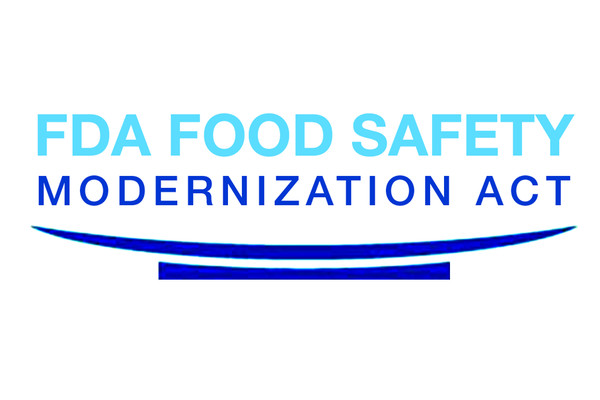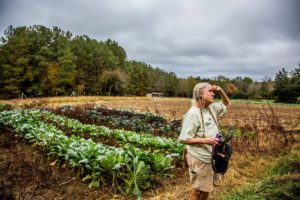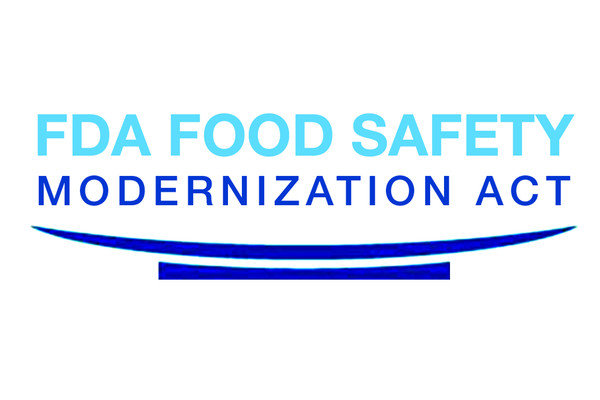
By Roland McReynolds, CFSA Executive Director
The US Food and Drug Administration (FDA) made several big announcements recently that will slow the enforcement of rules for safely growing produce under the Food Safety Modernization Act (FSMA). These delays are welcome by the entire produce industry, and farmers hope that these are first steps in reforming FDA’s approach to regulating the production and marketing of fruits and vegetables.
On Sept. 13, FDA published a proposed rule that would extend the deadlines for farms to comply with rules about water used in crop production. Although most of the FSMA Produce Rule comes into effect beginning in January 2018, the water standards currently take effect in Jan. 2020 for farms with over $500,000 in produce sales; Jan. 2021 for farms with sales over $250,000; and Jan. 2022 for those with sales less than $250,000 but greater than $25,000. The new proposed rule shifts each of those deadlines another two years down the road, to 2022/2023/2024. FDA is taking comments on the proposed rule until Nov. 15. If the agency’s review of comments goes quickly, the extended timeframe could become official early in 2018.
 The day before, in a speech at a meeting of the National Association of State Departments of Agriculture (NASDA), FDA Commissioner Dr. Scott Gottlieb promised that Produce Rule compliance inspections for the largest farms, which had been due to start in Jan. 2018, would now be deferred until 2019. FDA published the final Produce Rule in 2015, but has not yet published promised guidance documents that would help farms and state governments understand how to interpret the language of the rule. State departments of agriculture have become increasingly concerned that they won’t be able to fairly apply the rule without this kind of guidance and training for their inspection staff.
The day before, in a speech at a meeting of the National Association of State Departments of Agriculture (NASDA), FDA Commissioner Dr. Scott Gottlieb promised that Produce Rule compliance inspections for the largest farms, which had been due to start in Jan. 2018, would now be deferred until 2019. FDA published the final Produce Rule in 2015, but has not yet published promised guidance documents that would help farms and state governments understand how to interpret the language of the rule. State departments of agriculture have become increasingly concerned that they won’t be able to fairly apply the rule without this kind of guidance and training for their inspection staff.
And finally, FDA issued a fact sheet addressing a major scientific flaw in the water rule that had water quality experts in an uproar. Essentially the agency provided a list of laboratory test methods it will accept, in addition to the one very expensive and rare one it named in the text of the Produce Rule.
These adjustments are important, but by themselves are not enough to avoid the debilitating punch coming for U.S. farms and food makers from FDA’s current FSMA scheme. For example, the water rules are incredibly complex and open to interpretation, with testing targets that are not supported by water quality science. CFSA and dozens of other farm groups, along with researchers and state officials, have been saying since the draft water rules were published in 2013 that the FDA approach needs to be scrapped (an article published in Food Safety Magazine last month ably summarizes the scientific concerns). Simply delaying rules that will be impossible for many farms to comply with forces the inevitable reckoning down the road, but won’t stop it from ultimately happening.
In announcing the proposed water rule extension, FDA stated it “plans to engage with stakeholders to learn more from farmers, state regulatory partners and other stakeholders about the diverse ways water is used and ensure that the standards will be as practical and effective as possible for all farming operations.” Whether that intention includes a genuine willingness to give up the unjustified burdens in the current water rules remains to be seen.
FDA must shift its approach and create a system that supports farms of all sizes to implement realistic food safety risk management, instead of its apparent focus on building legal tools for prosecuting farmers.
Even without interpretation standards, inspector training programs, or approved regulatory training materials written in Spanish, FDA has been moving forward with its plan to start enforcing FSMA. It has doled out millions of dollars to state governments to fund creation of state-based FSMA compliance programs, and has kept representatives from agriculture at arms-length on those plans. As a result there has been poor transparency about what farms can expect, and confusion among states, as the main Produce Rule compliance deadlines loom. And in exchange for its money, FDA has forced states to start compiling ‘inventories’ of all the farms that could possibly grow produce, including so-called exempt farms, raising huge questions about the privacy of farm information and adherence to Congressional protections for farms that were written into FSMA. No one really knows what FDA will do with its new Produce Rule authority when it kicks in, but the examples from the agency’s history in food safety regulation are discouraging.
Certainly putting off the first official enforcement of the Produce Rule makes good sense, and farmers will be glad to take this much progress. But more is needed: FDA must shift its approach and create a system that supports farms of all sizes to implement realistic food safety risk management, instead of its apparent focus on building legal tools for prosecuting farmers.
Any farm that grows crops covered by the Produce Rule needs to start preparing for how to handle the day when a government inspector shows up to do a FSMA inspection. A great place to start is the two-hour workshop on a farmer’s rights and responsibilities in such a visit that we are presenting at this year’s Sustainable Agriculture Conference. And CFSA’s Local Produce Safety Initiative provides a variety of resources to help farms improve food safety practices.
The incredible efforts of farmers and sustainable agriculture advocates have made a difference in shaping FSMA every step of the way, winning important protections for local food and ensuring key parts of the rules are grounded in science. But fixing FSMA is not a marathon, it’s an ultra-marathon. We have to continue to press the states, the FDA and Congress to make the rules sensible, and protect farmers and food entrepreneurs’ ability to bring healthy, sustainable, local foods to more people.


